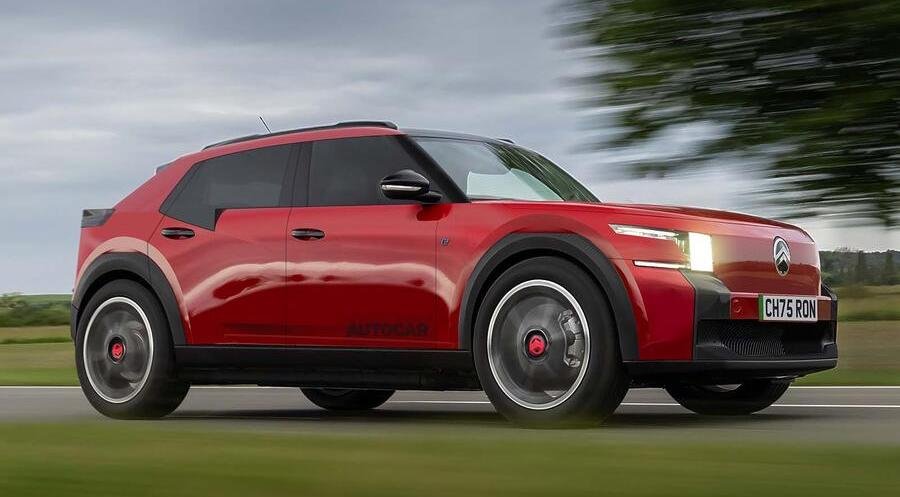Next-generation Citroën C4 to be inspired by radical Oli concept

The Citroën C4 is tipped to be radically reinvented, taking heavy influence from the genre-bending Oli concept and prioritising affordability and utility.
“We will put a car very much like Oli on the road,” Citroën design chief Pierre Leclercq told Autocar when asked about the miniature electric car's role in the French company’s future. He explained that the new C3 supermini and C3 Aircross crossover had been designed in parallel with the Oli and that it “is going to influence another car coming afterwards, and it will be quite exceptional”.
“When we developed that concept, there wasn’t one idea that we didn’t want to push [into production],” said Leclercq. He conceded that some elements of the Oli were “not good ideas”, suggesting that some of its more conceptual elements would remain on the motor show stand, although he wouldn’t go into specifics.
“I can tell you that the intention with Oli and the car that will come to the road is functionality, innovation and price – mobility for all,” summarised Leclercq.
Citroën product chief Laurence Hansen suggested that the concept’s ideas – and therefore any faithful recreation of it – might not fully materialise across the brand’s line-up until 2026 or 2027, because a typical product development cycle is around five years.
The C4 family hatchback will be up for replacement around that time, following a mid-life facelift later this year, making it the most logical candidate for an Oli-flavoured reinvention. That facelift, due to be unveiled at the Paris motor show in October, will bring more squared-off bumpers and lighting signatures inspired by the Oli, but is not anticipated to introduce radical technical changes.
Given the new C4’s affordable, utilitarian billing, it’s likely use Citroën parent company Stellantis’s value-focused Smart Car platform.
Autocar understands that design work recently started on a broadened portfolio of models based on the platform, following the initial tranche that comprises the C3, C3 Aircross, Fiat Grande Panda and Vauxhall Frontera.
Citroën CEO Thierry Koskas hailed the platform’s flexibility and confirmed that Citroën would use it to launch larger cars, hinting at plans for a new model between the C3 Aircross and the next-generation C5 Aircross SUV.
“We aren’t at all at the end of the developments that we have on the Smart Car platform,” said Koskas. “There will be more cars based on this.”
Q&A with Thierry Koskas, Citroen CEO
Has Stellantis buying into [Chinese budget EV maker] Leapmotor given Citroën an opportunity to create a more affordable car below the C3?
“There are always opportunities for cooperation, because they have interesting technologies or whatever. But for the time being, we don’t have any project or intention to go below the C3.”
We’re nearing the age of the €20,000 EV. How can makers hit €15,000?
“We still need to have a breakthrough in terms of battery costs. Today we will be able to do a 200km [124- mile] version below €20,000. It’s big progress. But to go below that would mean that we continue to lower the cost of the battery. “You can obviously play with the motor, with equipment, but the battery is 40% of the cost of the car, so it’s huge. This is where you can still make some progress.”
Which developments in battery technology will be important?
“Lithium-iron-phosphate [chemistry] is great, because it enables us to lower the costs a lot, but I still think that there is some opportunity to progress with this technology. “After that, we are also exploring – but it’s not industrialised yet – solid-state technology. I can’t comment on that, because it’s still under research and development, but even with lithium technology, there is still room for progress.”
Related News


